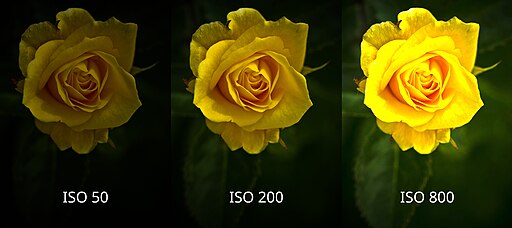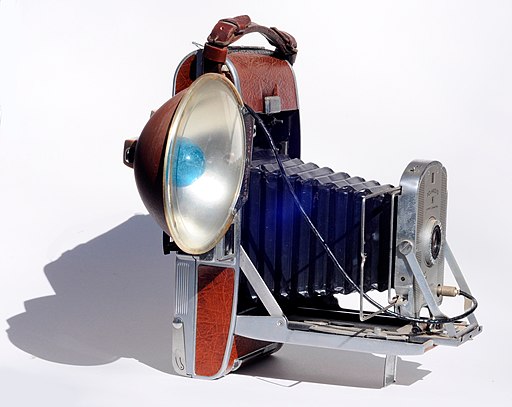WORKPRINT STUDIOS BLOB POST #3 - History of the Camera
Filmmaking Blog
Welcome to the Workprint Studios Blog.
WORKPRINT STUDIOS BLOB POST #3 - History of the Camera
The invention of film cameras was a significant milestone in the history of photography, as it allowed photographers to capture and preserve images in a way that had never been possible before. Over the years, film cameras have undergone significant advancements in technology, making them more versatile, user-friendly, and capable of capturing stunning images.
The history of film cameras is marked by many advancements, with each new development allowing photographers to capture images in new and innovative ways. Among the most significant advancements are the three settings that form the exposure triangle: aperture, shutter speed, and ISO.
Aperture is the opening in the lens that controls the amount of light that enters the camera. The term "aperture" comes from the Latin word for "opening," and it was first used by Joseph Petzval, a Hungarian mathematician and physicist who invented the Petzval lens in 1840. The aperture is measured in f-stops, with a lower f-stop number indicating a larger aperture, which allows more light into the camera. Aperture also affects depth of field, or the area of the image that is in focus. A larger aperture (lower f-stop number) creates a shallower depth of field, while a smaller aperture (higher f-stop number) creates a deeper depth of field.
Shutter speed refers to the length of time that the camera's shutter remains open, allowing light to enter the camera and expose the film. The shutter was first invented by Robert Hunt, an English photographer, in 1840. The shutter speed is measured in seconds or fractions of a second, with faster shutter speeds allowing less light into the camera and capturing motion more crisply. Slower shutter speeds let more light in and create motion blur.
ISO, or the sensitivity of the film to light, was first introduced in the 1930s. The term "ISO" stands for the International Organization for Standardization, which sets the standards for photographic film sensitivity. In the early days of photography, film was not very sensitive to light, and photographers had to use very long exposure times to create an image. With the advent of faster film stocks, photographers could capture images in lower light conditions with shorter exposure times. However, faster film stocks also produced more visible grain, which could detract from the quality of the image.
The development of aperture, shutter speed, and ISO allowed photographers to create more precise and intentional images. By adjusting these settings, photographers could control the amount of light that entered the camera, how long the shutter remained open, and how sensitive the film was to light. Together, these settings formed the foundation of the exposure triangle, which remains a critical component of photography to this day.
In conclusion, the advancement of film cameras over the years has been marked by many significant developments, including the invention of aperture, shutter speed, and ISO. These settings allowed photographers to control the exposure of their images and create stunning works of art. While digital cameras have largely replaced film cameras, the legacy of these iconic devices lives on, inspiring a new generation of photographers to explore the possibilities of light, motion, and sensitivity.
DID YOU KNOW?
- Did you know that the first successful photograph was taken by Joseph Nicéphore Niépce in 1826, using a camera obscura and an eight-hour exposure time?
- Did you know that the International Organization for Standardization (ISO) was established in 1947 to standardize film sensitivity ratings, with ISO 100 being the standard for daylight photography?
- Did you know that shutter speed controls the amount of time the camera's sensor is exposed to light and can be used creatively to capture motion or create blur effects?
- Did you know that the aperture controls the amount of light that enters the camera and affects depth of field, with a wider aperture creating a shallower depth of field?
- Did you know that the first color film was developed in 1908 by the Lumière brothers, using a process called Autochrome that used dyed grains of potato starch to filter light onto the film?
- Did you know that the first digital camera was invented by Steven Sasson of Kodak in 1975 and weighed almost 4 kg, but had a resolution of only 0.01 megapixels?
- Did you know that the first commercially successful instant camera, the Polaroid Model 95, was introduced in 1948 and used a chemical process to develop the image on the spot?
Where you can find us.









